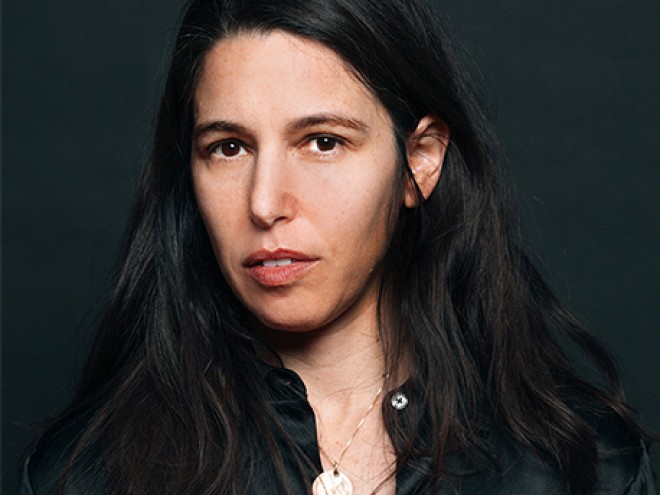The logic behind photographer Ricki Rosen’s captivating new book, Transformations: From Ethiopia to Israel, is one of contrasts.
Rosen, a photojournalist who followed the Ethiopian immigration to Israel for the past two decades, divides each one of the book’s spreads into two parts: On the left-hand page, she portrays Ethiopia’s Jews shortly before, during, or after their moment of immigration during Operation Solomon in 1990; on the right, the same people, a decade and a half later. On the left is Ethiopia, its earthen-brown arid landscapes a perfect backdrop for the shimmering white of the traditional Ethiopian robes; on the right, Israel, a modern, Western country illuminated by a panoply of colors.
The contrasts are often stark. Woovsrah and Haimonot Kalemwort, for example, appear on the left page as two young girls, wrapped in traditional garb. Photographed as they disembarked from the plane that carried them from Ethiopia to Israel, the two stare at the camera with frightened, haunting looks; although they are walking down the stairs to the airport’s runway, they appear frozen with dread. But there they are again on the right page, this time as young Israeli women, students of nuclear physics no less. One of them is wearing a pale pink top and a bubblegum-colored scarf, the other a khaki skirt and a button-down shirt. In the background, a well-manicured lawn gives rise to an ultramodern building.
As the eye hops from one end of the spread to the other, from the airport scene in 1990 to the campus idyll in 2004, a strong and clear emotion gushes up the throat, one of instinctual, tribal pride. This, after all, is the strongest imaginable visualization of the idea of Israel as the Promised Land: A shelter that could take in a pair of scared children, driven out of their native country by persecution, and give them the fertile ground they need to thrive and be happy.
But the true strength of Transformations lies in its refusal to succumb to such rosy, uncomplicated, and, ultimately, false views of the Ethiopian exodus. As Rosen understands only too well, immigration — any immigration — is a painful and thorny process, one that frequently fails and, even when it succeeds, exacts a costly price.
That price is reflected in the face of Tagenya Kabadeh; pictured in a serpentine line outside the Israeli embassy in Addis Ababa in 1990, Kabadeh’s sunken eyes are dim, his expression one of profound sadness. He looks like a man without joy, without luck, without hope. Fourteen years later, he is photographed standing outside a mall in Rehovot, Israel. He is holding shopping bags in his hand, a plain brown shirt having replaced the white robe. But his expression remains the same. Kabadeh, one senses, is now driven to despair not by Ethiopia’s existential dangers but by Israel’s more mundane but equally pressing hardships, its fast-paced commercialism and escalating cost of living. As he stands next to a colorful billboard, Kabadeh’s struggle is silent but inescapable.
And this, precisely, is the virtue of Rosen’s book: From its very first pages — a series of haunting candid shots documenting the actual immigration process, accompanied by an insightful and illuminating essay by Rabbi Micha Odenheimer — Rosen combines the artist’s piercing eye with the journalist’s unmitigated honesty, giving us a panoramic view — at times inspiring, at others heartbreaking — of one of the most seminal moments in contemporary Jewish life.





